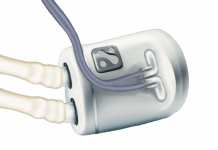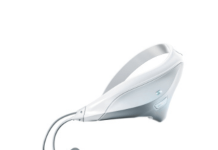Developer of a disposable robotic system for the cathlab, EndoWays, has announced the completion of an acquisition of a majority of its shares by Ascendum at an undisclosed cash amount.

EndoWays was founded in 2018 by Noam Shamay, Tovy Sivan and Tamir Ben David, and is a portfolio company of MEDX Xelerator. During its incubation time, EndoWays developed a first-of-its-kind, fully disposable robotic system to support navigation and operation within blood vessels in neurovascular, peripheral and cardiac procedures. The deal will provide EndoWays with access to the vast experience and network of the Ascendum team, helping accelerate its clinical and commercial development, especially in China.
“Our vision is to provide an easy to use and cost-effective tool for the cathlab that will facilitate difficult procedures and allow physicians to work accurately through tortuous blood vessels away from radiation,” said Noam Shamay, EndoWays’ founder and CEO. “With the support of Ascendum’s experience and resources we can continue to make this vision a reality.” Shamay will serve as the company‘s chief technology officer post acquisition.
“EndoWays was our very first incubator portfolio company, making its acquisition after less than three years since its founding, a significant milestone,” said Shai Policker, CEO of MEDX Xelerator. “We are proud of the achievements of the team and look forward to the company’s continued success.”
“EndoWays provides attractive competitive advantages that can accelerate entry of robotics into the cathlab, which we believe will be highly valuable to future clinical practice,” explained Ms. Serena Shao, Founder and Managing Partner from Ascendum. “After the closing, Endoways is going to move into the incubator of our strategic partner, DiNovA Medtech, based in Israel, to continue development until commercial launch.”
Prof. Chaim Lotan, who will step in as EndoWays’ Chief Medical Officer added, “The unique features of this robot can help navigate through torturous pathways and enable complex procedures. This, together with the reduced radiation exposure for the user through use of this system, makes this technology very attractive to interventional radiologists and cardiologists.”






